You’ve done the work. You’ve carefully calculated daily work hours, considered all your costs, applied a fair mark-up, and feel like you’ve connected with the prospective customer’s deeper value needs. Then the call comes: “Thanks for your proposal, but we’re staying with our current vendor. Your price was about 25% higher.” Frustrating, to say the least.
Step 1: Check Your Pricing Model
Start by double-checking your production rates. We used a macro estimating approach based on total building production rates and learned, for example, that our medical office rate of 1,500 sq. ft. per hour just wasn’t competitive. We adjusted it to 1,800–2,000 sq. ft. per hour and saw better results. From there, move through your direct costs. Make sure your wages are competitive—at or slightly above market. (Check Indeed or see what local schools are paying custodians—this info is usually public.) Factor in supplies and other costs, and only charge for depreciation and maintenance on equipment, not the full price. Then, add a reasonable mark-up to achieve your targeted gross profit margin. We targeted a 30% gross margin on most deals. One note: we didn’t include overhead in our pricing. Why? A new account typically doesn’t increase your overhead—for example, your rent (and other indirect costs) remain the same—so we’ve left it out.
Step 2: Communicate the Why Behind the Price
Once you’ve confirmed your pricing is solid, use it as an opportunity to tell the story behind the numbers. Show that it’s based on your experience—how long the work actually takes, what it costs to attract and retain good people, and what it takes to run a reliable business that consistently delivers. If you’re presenting the proposal in person, use the opportunity to bring the conversation back to what you’re offering—peace of mind that the job will be done right, fewer cleaning-related distractions, and a boost in credibility with their team. Remind them: we’re here to make you look good.
Step 3: Consider a Strategic Year-One Price
In some cases—especially with an ideal prospect—you might consider offering a “skinny” year-one price and a more standard rate in year two. That gives you the chance to prove your value without taking a long-term hit. If they see your team doing great work, they’ll be more willing to pay what you’re worth.
Final Thought
You won’t win every bid. But if you refine your pricing model, communicate value clearly, and—most importantly—deliver excellent service to your existing customers, you’ll often get a second shot. Some of our best clients told us “no” three or four times before finally saying yes. When they did, I thanked them—and quietly thought, “I knew you’d come around.”






